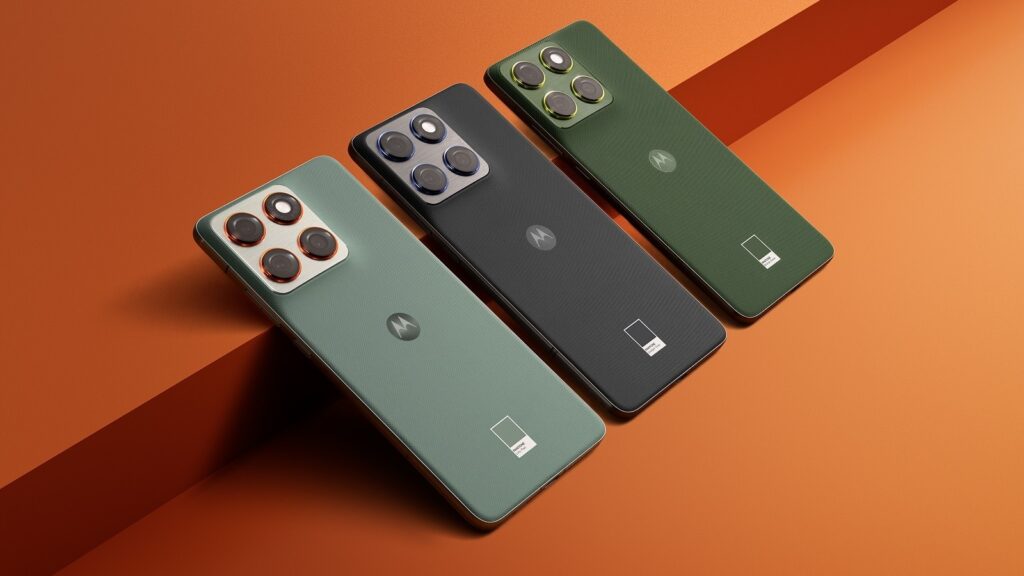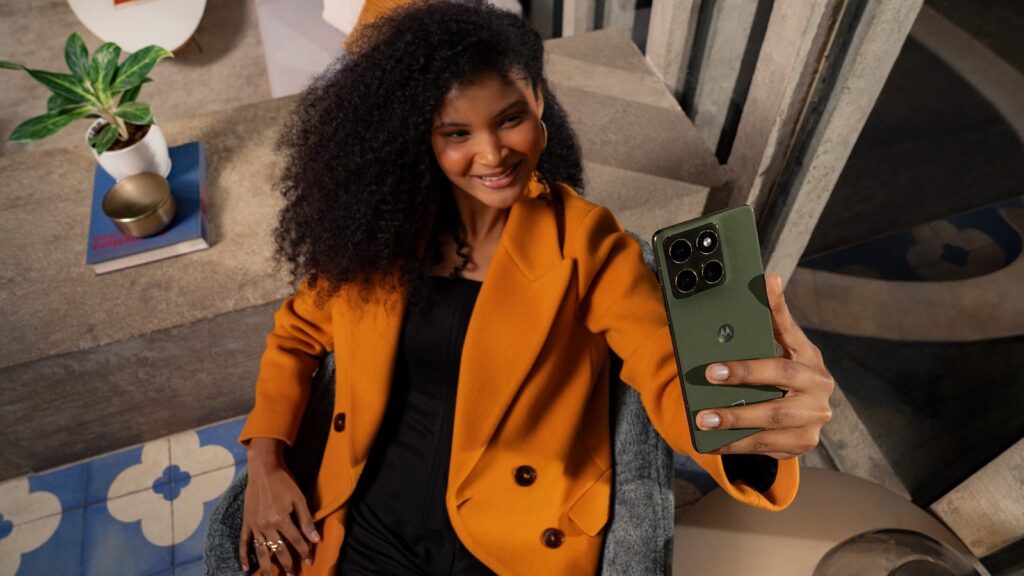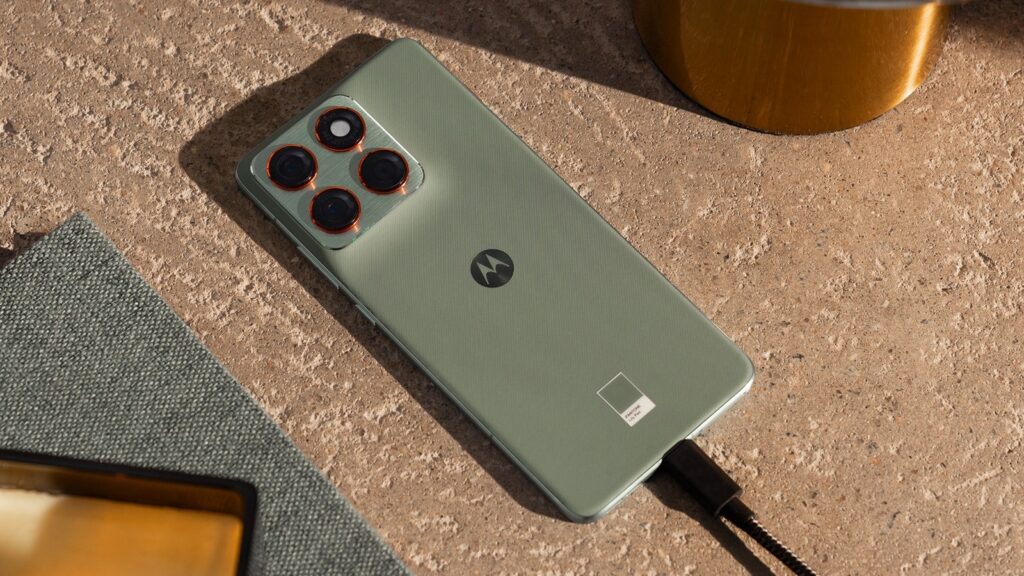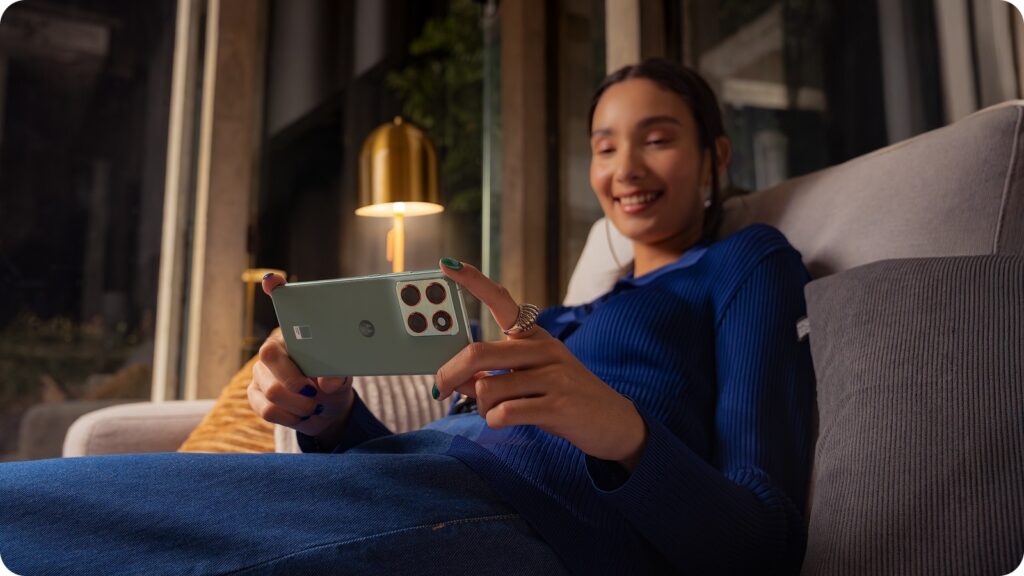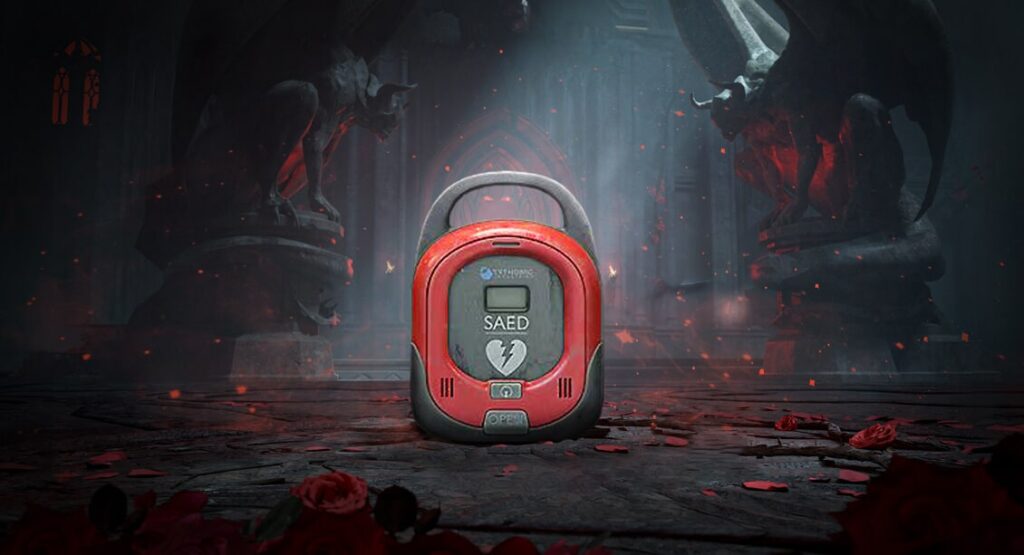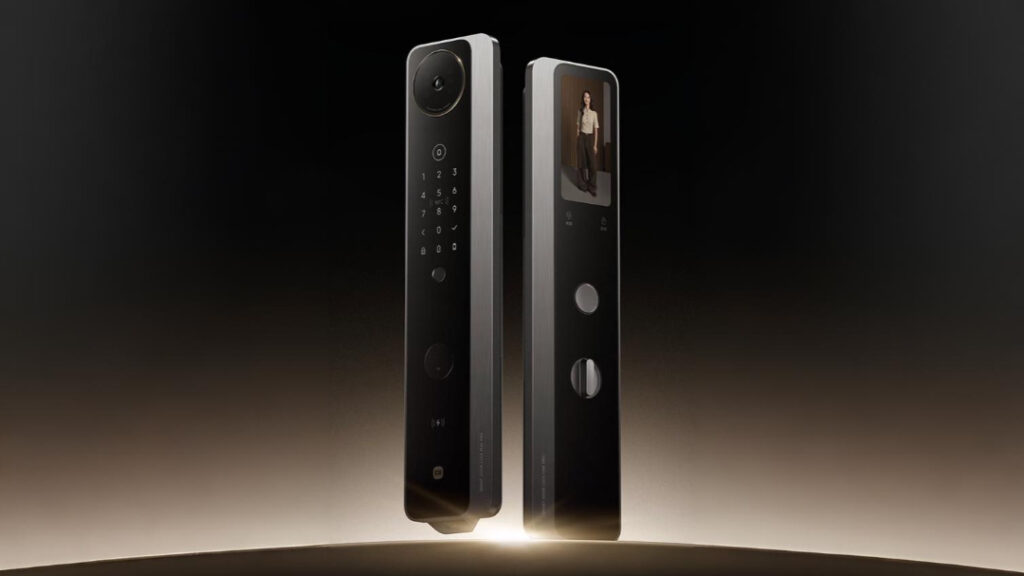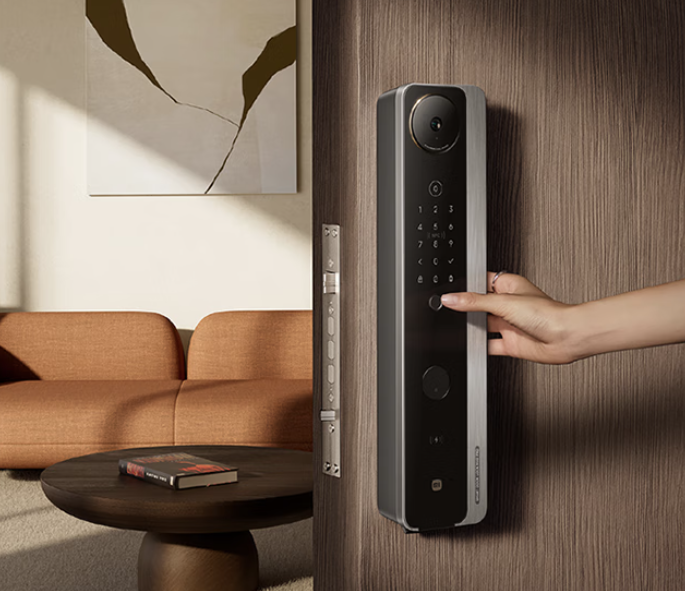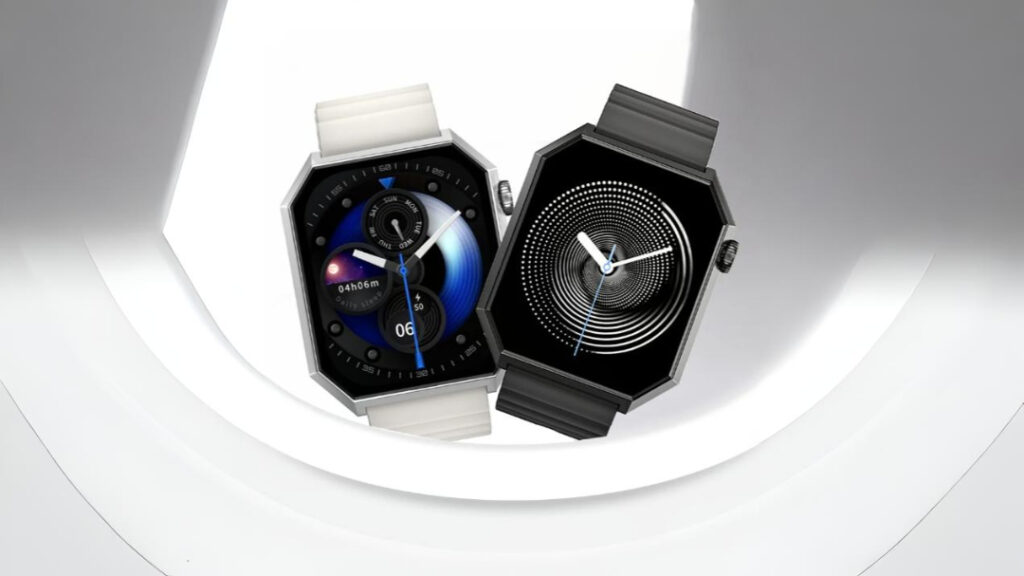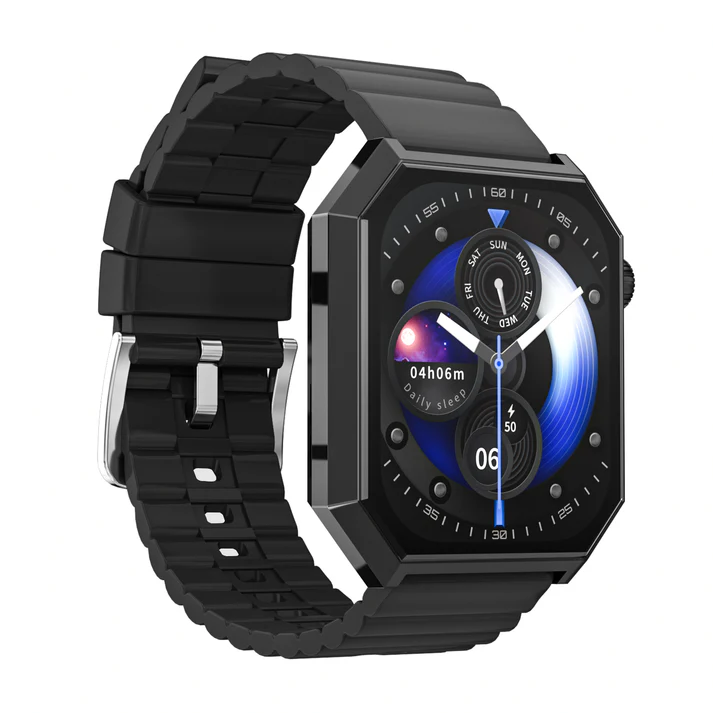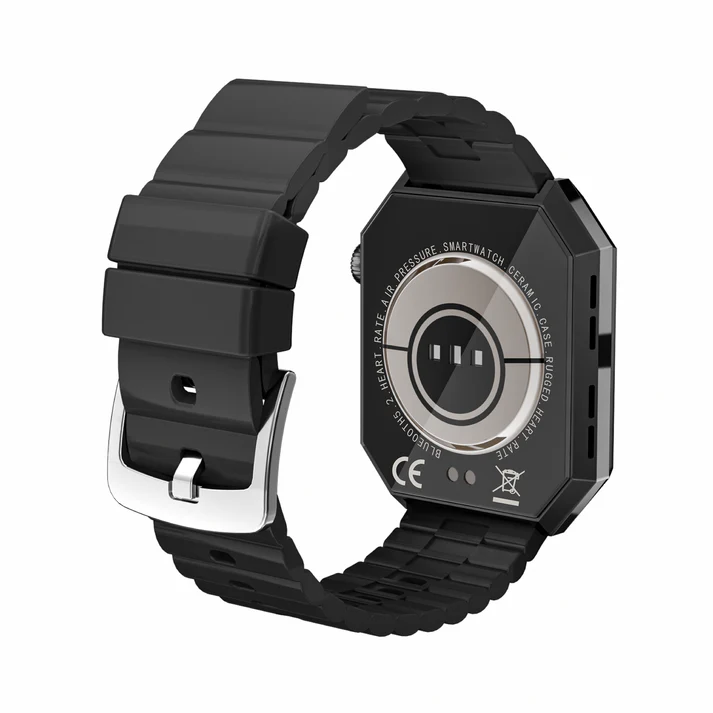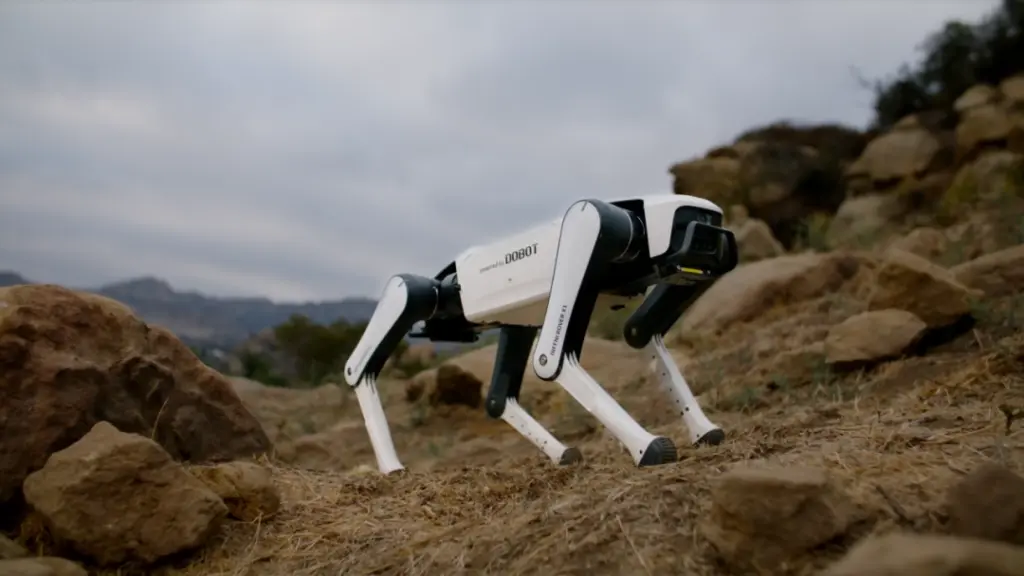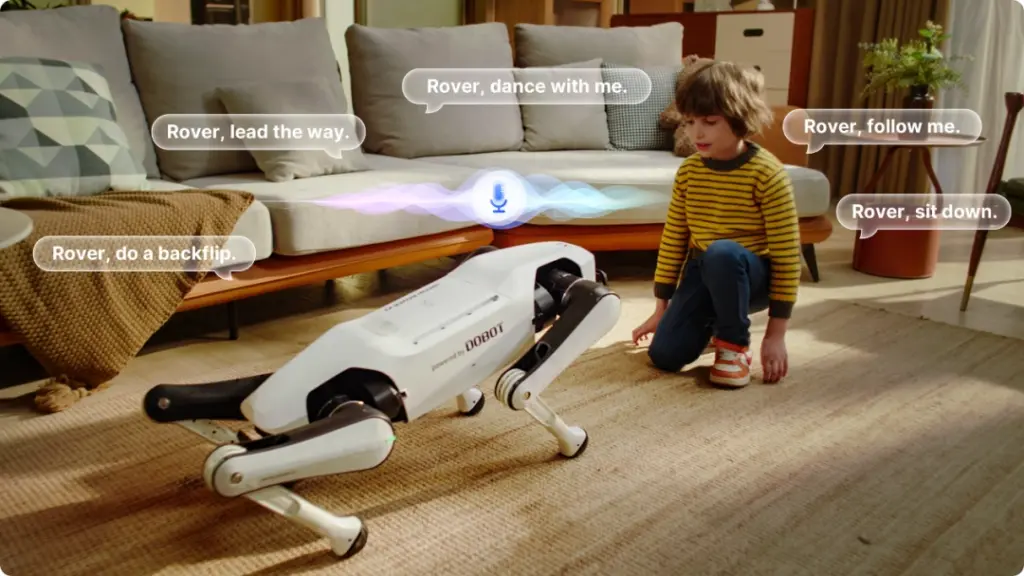Xiaomi launched a minimalist smart hub that’s packed with automation features

Xiaomi has introduced a new product under its smart home ecosystem, the Xiaomi Smart Control Screen (Standard Edition). The device is priced at 399 yuan ($56), with a crowdfunding price of 369 yuan ($52). Crowdfunding will begin on Xiaomi Youpin on November 10 in China.
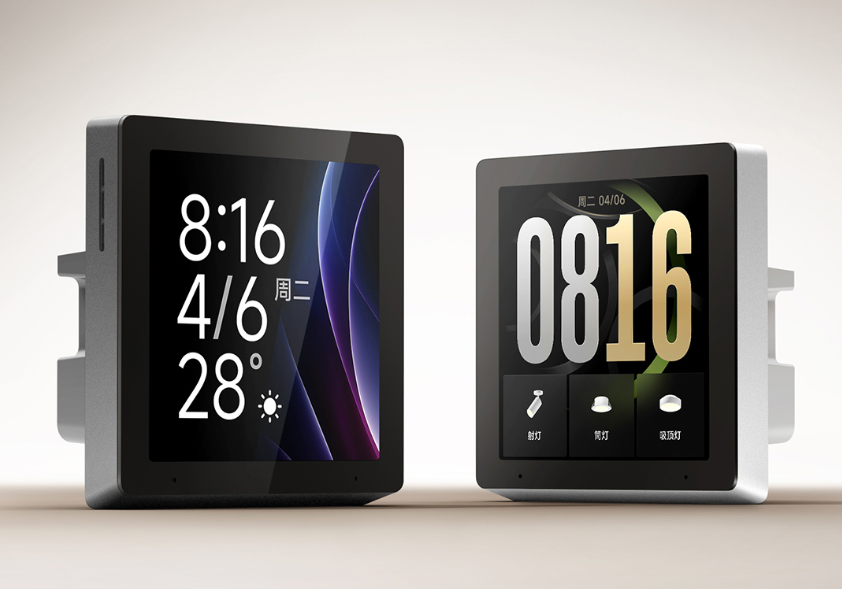
Xiaomi Smart Control Screen Specifications
The Smart Control Screen is designed to serve as a central hub for home automation. It features a vertically oriented 8:16 full-screen display and supports both white and dark gray finishes. The panel fits standard 86 mm wall boxes without requiring modification.
Xiaomi has built the screen using V-0 grade flame-retardant materials and included safety features like over-temperature and overload protection. It also includes three built-in relay channels that allow direct control of up to three lighting circuits through touch.
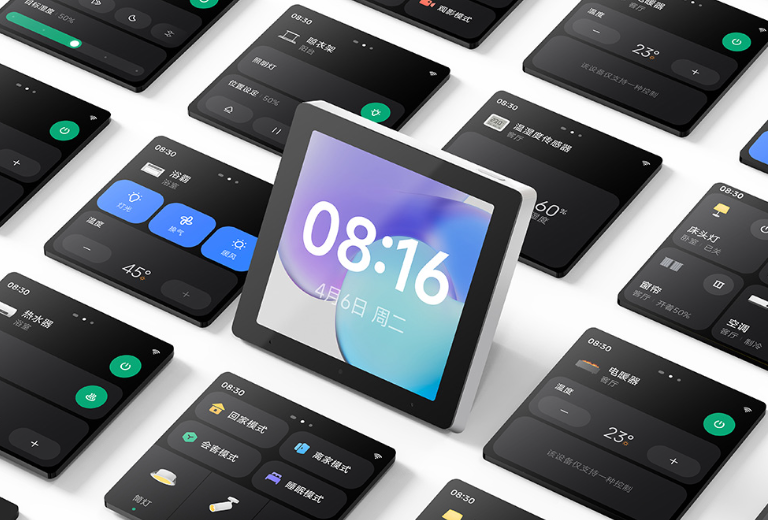
The device runs on HyperOS with a built-in large-model AI engine. Through the XiaoAi assistant, it supports multi-turn and multi-command voice control, allowing commands like “turn off the lights, close the curtains, and turn on the air conditioner” to be executed at once. XiaoAi also answers queries about health, lifestyle, and daily routines.
Xiaomi has equipped the screen with its Mesh 2.0 gateway for improved connectivity with Bluetooth and Mesh-enabled smart home devices. It supports dual-band Wi-Fi (2.4GHz and 5GHz) and is compatible with more than 5,500 smart home devices. Each screen can manage up to 48 devices, organized across 12 customizable layout pages in the Mi Home app.
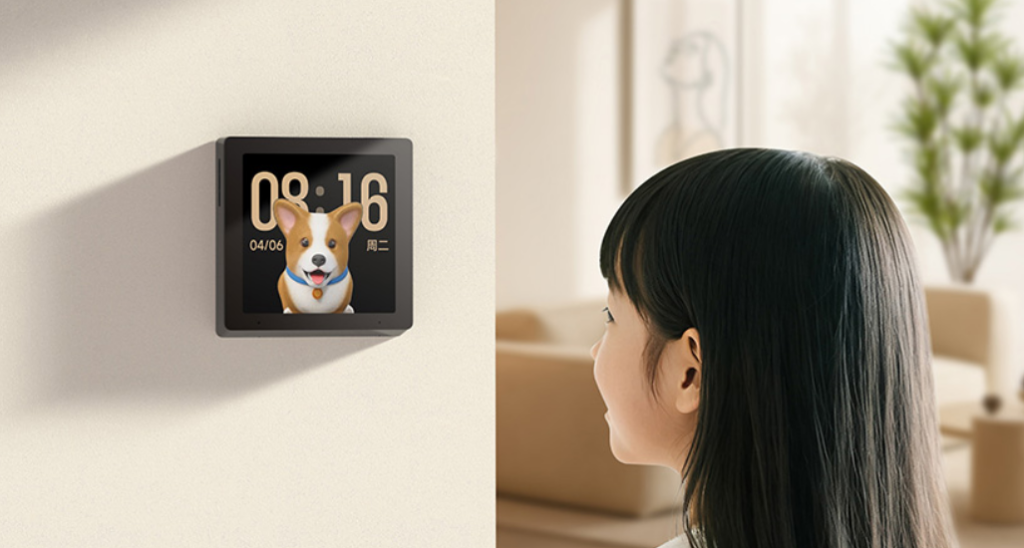
The Smart Control Screen doubles as a security hub, showing live feeds from Xiaomi cameras, locks, and doorbells. It supports voice access for specific views and uses a 24 GHz millimeter-wave radar with an ambient light sensor for smart wake and adaptive brightness.
The screen offers touch, voice, and smartphone app control, allowing quick access to personalized shortcuts like Home and Sleep Mode directly on the main display. It includes 45 screen saver styles with options such as animated weather, photo albums, and text tags. The device also supports Xiaomi’s Family Broadcast, sending voice messages across all connected home devices.
In related news, Xiaomi recently introduced a premium sterilizer priced under $150 that can clean a variety of items. The company also unveiled a smart foot spa that heats, massages, sterilizes, and folds for easy storage.
For more daily updates, please visit our News Section.
Stay ahead in tech! Join our Telegram community and sign up for our daily newsletter of top stories! 
The post Xiaomi launched a minimalist smart hub that’s packed with automation features appeared first on Gizmochina.

